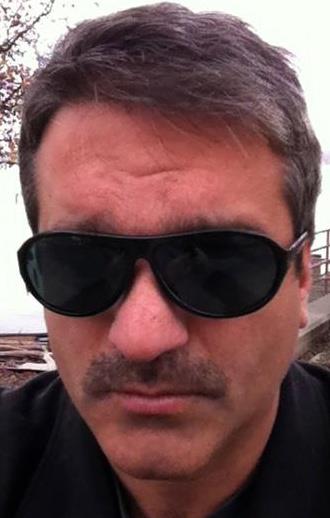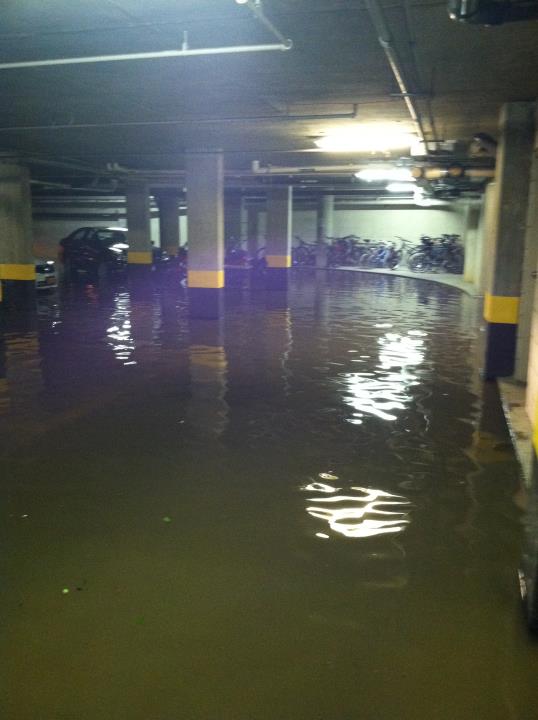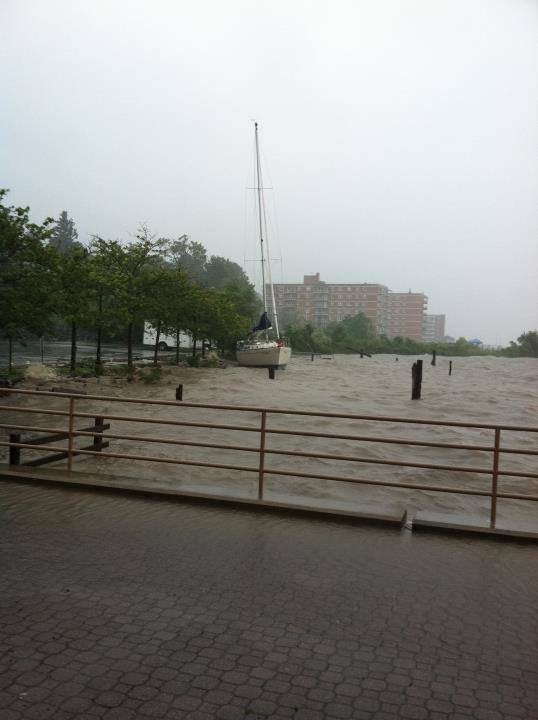Oh man, this is not good.
Lots of coverage this week of a report from Ashley Madison, a website apparently designed for people looking to have affairs, identifying the best places in the New York to try to cheat on your spouse. Essentially, Ashley Madison looked at the overall population of towns and cities, and then calculated the percentage of people who were members of the site.
So, for example, at least 3% of the adults who live in Great Neck, Long Island are on the site, living in cheater’s paradise. That’s pretty alarming. I mean, if you live in Great Neck, and you’re in a room with 33 other people, statistically speaking one of you is on Ashley Madison looking for some strange. And one of those people might be your spouse…..
Indeed, the report showed that seven of the top 10 cheating areas were in the suburbs. Here’s the full top 10 list:
1). Great Neck, L.I.
2). Park Slope, Brooklyn
3). Upper East Side
4). Forest Hills, Queens
5). TriBeCa
6). New City – Rockland County
7). Douglaston, Queens
8). Riverdale, The Bronx
9). Howard Beach, Brooklyn
10). Garden City, L.I.
I think that’s a little surprising. After all, who would have thought that the quiet, boring suburbs would be such hotbeds of sweaty illicit action? I mean, seriously — New City? I’ve been to New City. I don’t even think that the people in New City have sex with their spouses, much less other people’s spouses. I need to get out more, apparently.
How can this be? Well, the methodology is a little whack, since it’s based on taking the total number of people who live in a town/city and then dividing it by the number of people on the site. So I can see how smaller towns might be more likely to make the top 10 list, simply because they have fewer people and a relatively small number of members could forge a higher percentage.
But it also might actually be a reflection of the general atmosphere of the suburbs: more married people, more boredom, more free weekends with not a lot to do. And maybe people in the suburbs need a site like Ashley Madison to hook up, since you don’t have the urban density of the city to provide fresh new opportunities to destroy your married life and ultimately cut your life savings in half.
I have to be honest that I’m very happy that Nyack didn’t make the list, because I have enough problems at home.



